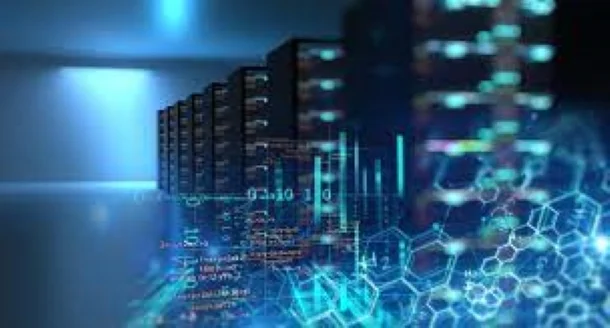
|
Getting your Trinity Audio player ready...
|
Whether we like it or not, science and technology have a massive impact on our daily lives. For instance, it can help us communicate better, keep up with national security, and even keep our children safe. There are even ways to use science and technology to improve our health.
Communication:
Using technology to enhance and simplify our lives has become a rite of passage. We use devices from smartphones to smartwatches to keep tabs on our ever-growing digital lives. While there’s nothing wrong with pen and paper, there are advantages in the digital age. We can send and receive messages on the fly and access the most up-to-date information on a global scale. The ubiquity of high-tech communications has made the world smaller and more connected.
Technology can be used to make mundane tasks like filing a paper copy of your tax returns seem like magic. Technology has also allowed more effective management of your data and improved communication between employees. As a bonus, you may have more time to do what you want.
Transport:
UT-HCMC has hosted several science and technology activities as part of the celebration of the 30th anniversary of its establishment. This year’s activities focused on sustainability, human resources training models and modes of transport management.
Innovations in transportation technology are advancing the efficiency of existing transportation methods while balancing safety and ease. The technology field is increasing, and thousands of startups are racing to develop the next big thing. But many aspects of transport are underutilized or ignored.
The public sector can benefit from transportation innovations. For example, private technology firms can contract with public agencies to expand mobility options in hard-to-serve areas. These companies can also share data. The information can help regulators ensure that vehicles are participating in the model.
Medical research:
Whether it’s vaccines for measles or insulin treatments for diabetes, medical research has impacted our lives. For instance, discoveries have reduced infant mortality and improved the outcomes of chronic diseases like cancer.
Research also provides essential information about disease trends and risk factors. For instance, new knowledge of the genetic underpinnings of disease opens the door to better prevention, safer, more effective medical care, and personalized medicine.
Research has also contributed to new and effective treatments for AIDS, diabetes, and cancer. For example, the Herceptin treatment for breast cancer was developed using patient data.
Research also provides essential information about the adverse effects of medical interventions. Information about the harmful effects of drugs and other medical interventions is critical for evaluating the effectiveness and safety of treatment.
National security:
During the Cold War, the scientific community built a foundation for nonproliferation and arms reduction. The United States has since expanded cooperation with former Soviet Union states in dismantling their Cold War arsenals. In addition, the United States has employed former weapons scientists in civilian research.
Today’s security landscape is highly complex, and policymakers must reexamine existing theories of warfare, great power politics, and the role of innovation. Technology plays a critical role in defining the security landscape. The rapid pace of technological development in the world is transforming industries, societies, and economies. The United States has an opportunity to harness these developments and help secure the future of national security.
The United States is also facing a convergence of forces threatening its economic security and international order. This convergence includes an expanding population, resource depletion, demographic pressures, and environmental degradation. These forces threaten the political order and undermine the resilience of communities.
Children’s exposure to screens:
Using technology is integral to our everyday lives, but parents are still learning how to limit their children’s screen time. Many studies show that screen time has adverse effects on children’s development.
Some studies have found a link between excessive screen time and children’s social isolation. They also found that screen time is associated with lower academic achievement and sleepiness. Children with more screen time have to thin of the cerebral cortex, the area of the brain that supports consciousness, memory, and the highest order cognitive functions.
The American Academy of Pediatrics recommends that children under two years old limit their screen time to no more than an hour a day. In addition, the World Health Organization recommends that babies and young children not spend more than one hour a day in front of the screen.
Author Bio:
Carmen Troy is a research-based content writer for Splash sol, a globally Professional SEO firm and Research Prospect, The UK’s most trusted dissertation writing service. They provide Dissertation writing services, Assignment writing services and many more services to students of all levels, and their experts are all UK-qualified. Mr Carmen holds a PhD degree in mass communication. He loves to express his views on various issues, including education, technology, and more.

